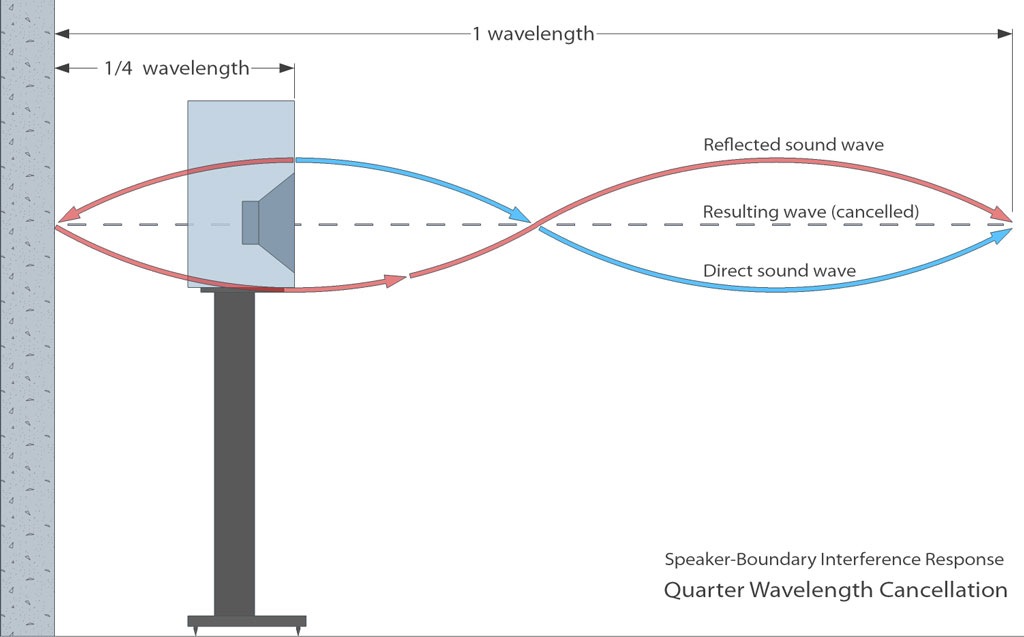

- #SPEAKER PLACEMENT CALCULATOR PROGRAM HOW TO#
- #SPEAKER PLACEMENT CALCULATOR PROGRAM SERIES#
- #SPEAKER PLACEMENT CALCULATOR PROGRAM DOWNLOAD#
Please Note: all these calculations are for connecting manufactured speakers (boxes).
#SPEAKER PLACEMENT CALCULATOR PROGRAM SERIES#
If you need to calculate the impedance and power sharing of speakers in a different configuration, you can use my Speakers in Series Calculator, or the Speakers in Series/Parallel Calculator. For more details about the effective amplifier power at higher impedance loads, see How Impedance Changes Amplifier Power. Also see How Multiple Speakers Share Power for further details about the percentage power calculations.
#SPEAKER PLACEMENT CALCULATOR PROGRAM HOW TO#
For a better understanding of this and what to do about it, read the articles How do I Connect Multiple Speakers to my HiFi Amplifier and How to wire four HiFi speakers or How to connect 2 speakers to one amplifier or watch the video in the article Understanding Speaker Impedance. This calculator will help you understand the total speaker load on your HiFi amplifier. In practise, your amplifier may produce slightly more or less power. Note: the calculated output power for the amplifier is based on a theoretical “ideal” amplifier.
#SPEAKER PLACEMENT CALCULATOR PROGRAM DOWNLOAD#
Note: the calculator is best viewed in landscape mode on phones and small screens Download Calculator A comment on the suitability of the calculated total impedance for your amplifier is also provided. Also displayed (under each speaker’s power %) is the actual maximum power the amplifier will supply each connected speaker. The calculator will display the effective power of the amplifier for the calculated total impedance of the series speakers. Be aware, some specifications state RMS power rather than continuous power. In the calculator below, for this example, you type in 80 for the power and 6 for the impedance. This tells you the maximum continuous power the amplifier will deliver into a 6 ohm load is 80 watts. In the specifications for your amplifier, it should say something like:Īmplifier power: 80 watts continuous average power 4 ohms (2 channels driven, THD 0.08%, 20Hz-20kHz) However if you are connecting these speakers to your amplifier, it may be helpful to input the amplifier power and the associated speaker impedance. This is not necessary if you only want to know the total impedance and/or the power ratios. The bottom section of the calculator helps in matching the speaker combination with your amplifier. This shows the power level difference when using speakers with different impedance. This calculates in dB (decibels) the power level difference between the highest and lowest power as it is shared across the speakers. “Power Differential” is the final calculation. This is useful as power sharing is a consideration when using speakers with different impedance. The total impedance will be calculated for the entered speakers.Īlso calculated for each speaker is its percentage share of the amplifier’s output power. Use N/A for unused speakers in this calculator. Simply type the impedance of each speaker into the white boxes (or use the drop-down values). The calculator can be used for 2, 3 or 4 speakers wired in parallel. If you don’t have that function on your calculator, or if you don’t like formulas, check out the calculator below. If you have a calculator with 1/x button then this calculation is not too difficult.


 0 kommentar(er)
0 kommentar(er)
